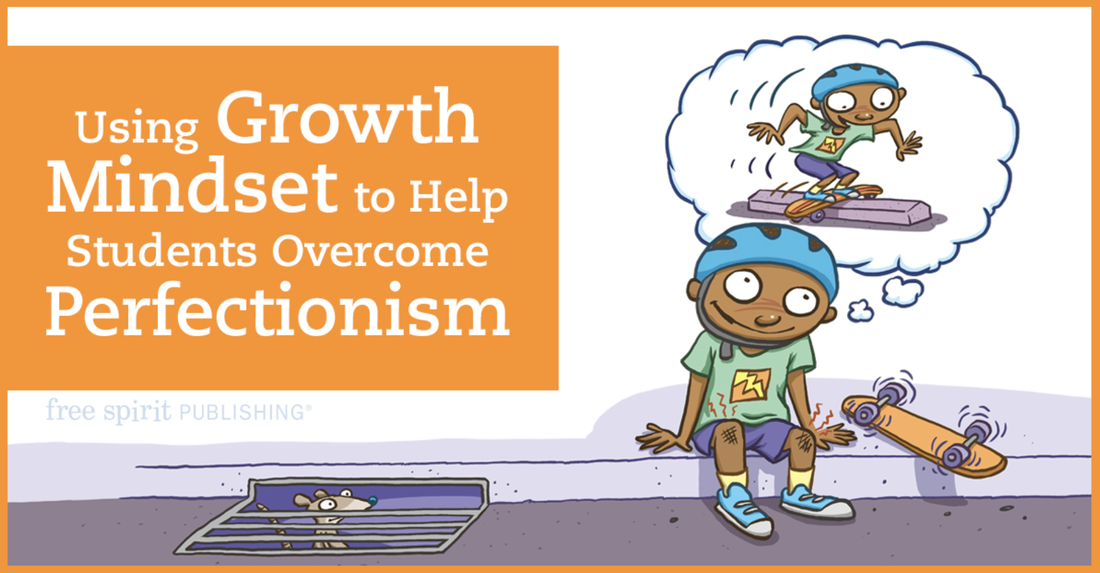|
Have you ever heard the saying, “Practice makes perfect?” I spent many years thinking my goal should be executing something perfectly to achieve success. As an overachiever, I wore myself out and defined my worth based on my ability to do things perfectly. Since no one can be perfect, it’s hard to ever feel successful. As a teacher, I noticed many of my students were hard on themselves. I had first graders who would cry if they missed one problem or didn’t know how to do something the first time they tried it. This led me to write one of my first picture books, Penelope Perfect. Based on my experiences as a kid and the students I witnessed with the same traits, I wanted to share what we miss out on when we chase perfection. People who strive for perfection are running a race without a finish line. Perfectionism can rear its head in a couple of ways. There are times the perfectionist will work themselves to the point of anxiety. There are other times the perfectionist will avoid doing things to prevent any chance of failure. They would rather not try something new to avoid looking like they aren’t smart. It feels safer for them to do what is easy and achievable. Having a growth mindset means that you believe that you can continue to learn new skills with enough time, practice, and effort. You believe that your abilities can be further developed. You apply the learning from your setbacks and try new ways to accomplish goals. You aren’t afraid of failure because each failure is a chance to grow. You recognize failure, or trials, as part of the learning process—a chance to develop your abilities further. Adopting a growth mindset is what helped me to conquer my perfectionist tendencies. Growth mindset thinking gives you the grace to know that perfect performance isn’t the expectation. It helps you understand the science behind how the brain works. As we learn, our neurons (brain cells) are constantly communicating with each other. The connections these neurons make cause our learning to strengthen. Every new trial helps us create new connections, which strengthens our learning and helps us make progress. Knowing this helps us see that hard work and perseverance determine what we learn, not some talent reserved for the lucky. Some perfectionists will see someone else perform a skill well and assume it was luck or some innate ability. This is what I call the iceberg effect – seeing the end results of lots of practice (the part of the iceberg above the water) without seeing the hard work and failures behind the scenes (the part of the iceberg below the water). We can encourage our students during the persevering part of learning—the struggle stage, by reminding them that they are doing exactly what it takes to grow. We can help teach a growth mindset by pointing out people who students see as successful and their struggles and failures along the way to that success. We can celebrate our students’ failures as a brave step in trying something new. When I wrote the book, Yay! You Failed!, this is exactly the reason for the title. It is so much better to try and fail than to not try at all. This title was inspired by a scene in the movie, Meet the Robinsons, when a boy invents something he is proud to share. He gathers family and friends around and it completely fails. The reactions of the crowd are the exact feeling I want kids to have when they read this book. Here is the clip if you’d like to check it out or share it with your students: When I go to schools and ask kids if they’ve heard that “practice makes perfect,” many raise their hands. I assure them that this is not the case. We need to adjust the advice to say, “Practice makes PROGRESS.”
I hope you and your students have the courage to continue making many magnificent mistakes this year. These mistakes will serve you well as you train your brain to make stronger connections and grow.
0 Comments
|
Archives
October 2022
Categories |
